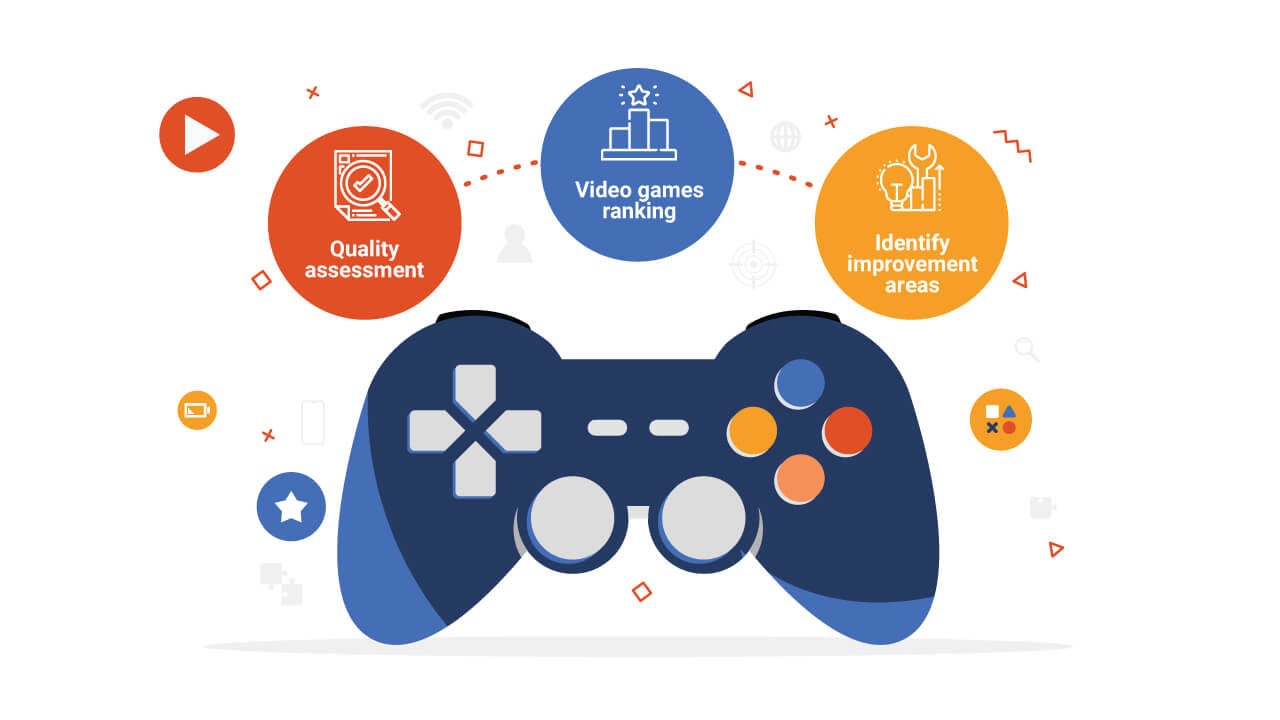
Short answer: A QA tester ensures the quality of a game by playing it systematically, finding bugs, and reporting issues so the final product is polished, stable, and fun.
Who is NOT a QA Tester?
- A person who only plays games casually for fun is not a QA Tester.
- A person who only balances mechanics and systems (that’s a Game Designer) is not a QA Tester.
- A person who only writes code to fix bugs (that’s a Programmer) is not a QA Tester.
- A person who only reviews games for media (that’s a Journalist/Critic) is not a QA Tester.
What does a QA Tester do?
- Bug hunting: find crashes, glitches, and gameplay-breaking issues.
- Reproduction steps: document exactly how bugs can be triggered.
- Regression testing: confirm that fixes didn’t break something else.
- Playtesting balance: identify difficulty spikes, pacing issues, or unclear mechanics.
- Compatibility testing: check performance across hardware and platforms.
- Collaboration: report issues to developers with clarity and precision.
Why it matters
QA testers are the last defense before a game launches. Without them, players face crashes, exploits, and poor balance—hurting both sales and reputation.
Common misconceptions
- “QA testers just play games all day.” → It’s structured, repetitive, and methodical work.
- “Anyone can do it.” → QA requires attention to detail, patience, and technical documentation skills.
- “It’s not important.” → Games without QA often fail due to bugs and broken experiences.
Core skills & tools
- Documentation tools: Jira, Trello, Bugzilla, TestRail.
- Platforms: consoles, PC, mobile, VR.
- Knowledge: test cases, regression testing, exploratory testing.
- Soft skills: patience, communication, problem-solving.
- Technical awareness: hardware/software basics, logs, repro steps.
Practical frameworks
- Test plan → Execute → Report → Verify fix → Regression.
- Severity levels: blocker, critical, major, minor, cosmetic.
- Exploratory testing: try unexpected player behaviors.
- Smoke testing: quick checks on builds before deep tests.
Portfolio tips
- Document bug reports with clear repro steps and screenshots.
- Include test plans or checklists you’ve designed.
- Show variety of platforms tested (PC, console, mobile).
- Highlight collaboration with devs (reports → fixes → retests).
Quick example
Think of Cyberpunk 2077’s launch—criticism focused heavily on bugs and lack of QA polish.
Or Nintendo games—often praised for stability and polish due to rigorous QA.
Author: Pouria Mojdeh
References:
- Roman Pichler – Agile Product Management with Scrum (Addison-Wesley, 2010)
- Paul C. Jorgensen – Software Testing: A Craftsman’s Approach (CRC Press, 2018)
- Ron Patton – Software Testing (Sams Publishing, 2005)
- Cem Kaner – Testing Computer Software (Wiley, 1999)
- Game Developer (formerly Gamasutra) – www.gamedeveloper.com
